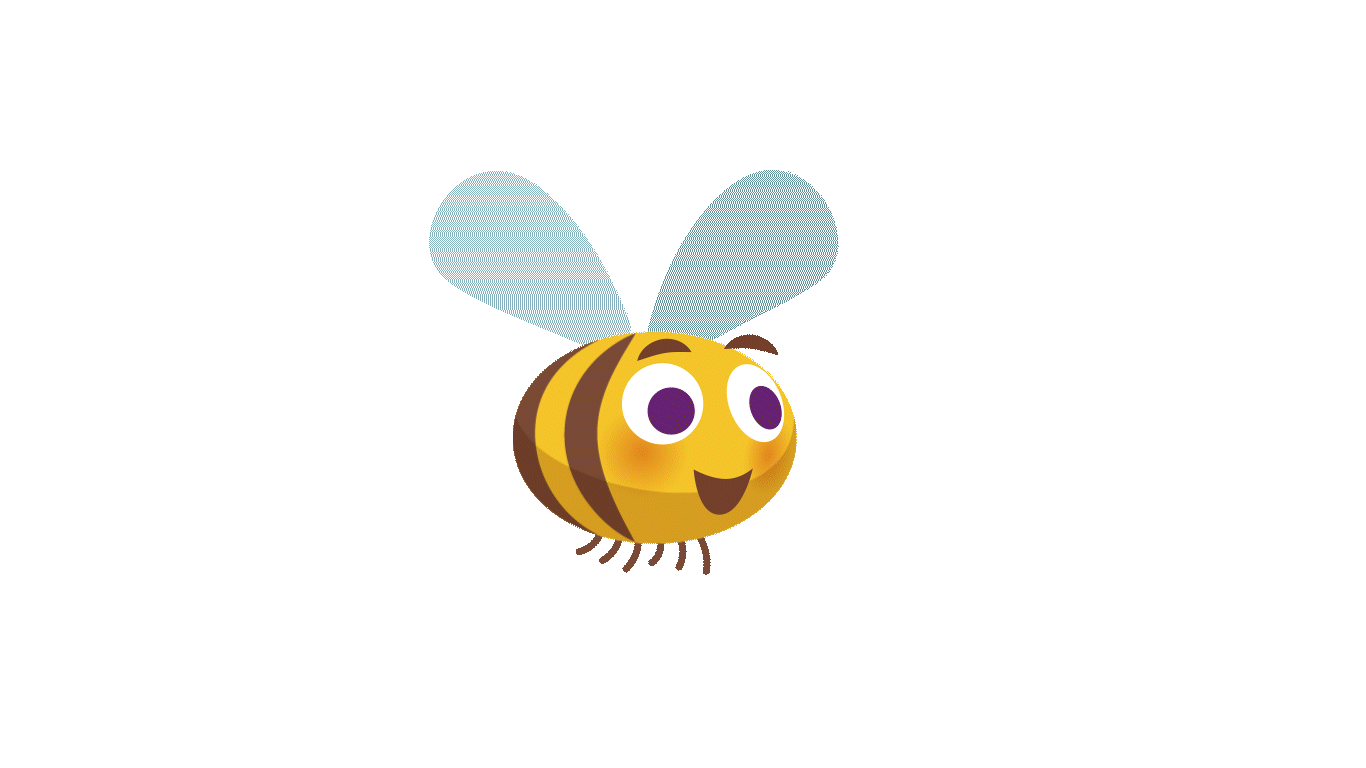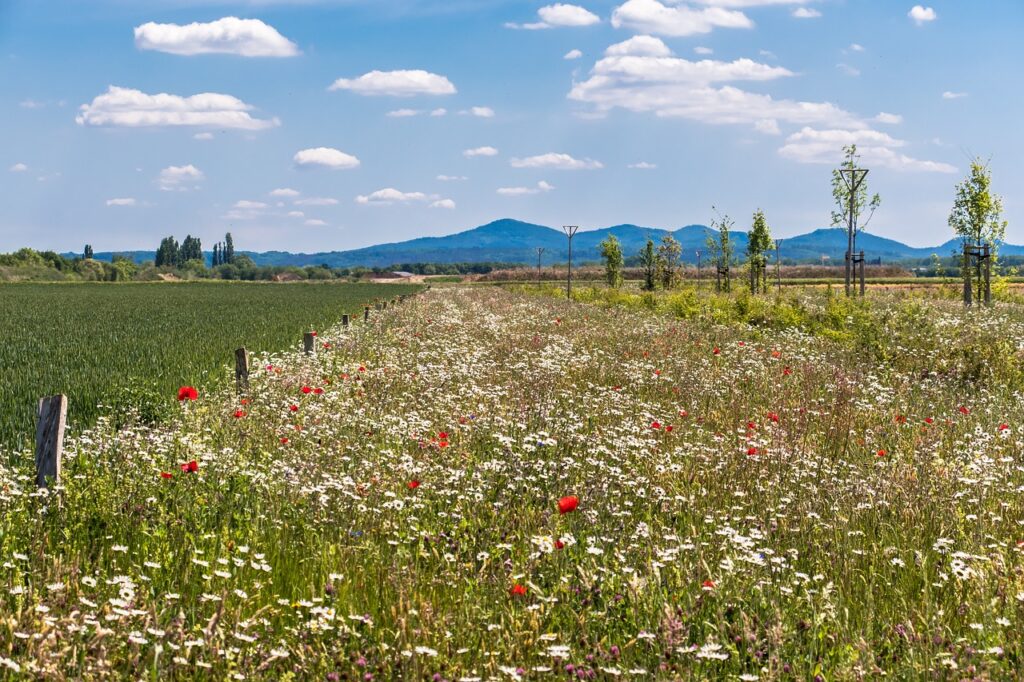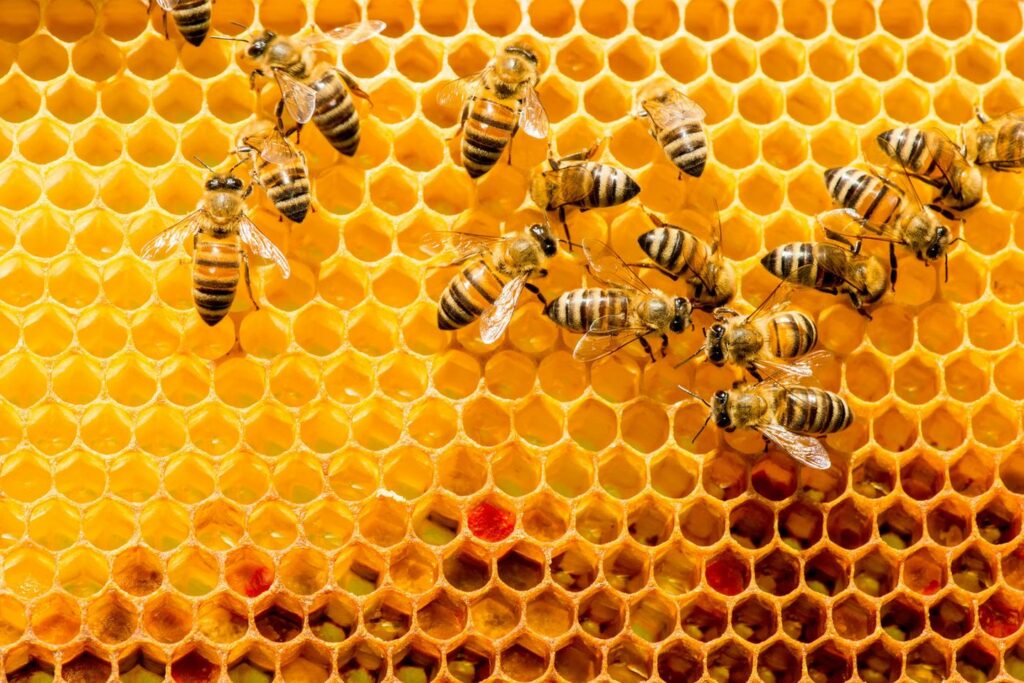I want to stay informed.
You want to stay informed about Bimbosan and the products? Maybe even get the right emails at the right time? Then register directly here for the Bimbosan newsletter.
Biodiversity and an intact natural environment are vital for us humans. Did you know that Swiss milk producers make a significant contribution to the promotion of biodiversity? This is precisely why we at Bimbosan are proud to source our milk exclusively from Swiss suppliers.
What exactly is biodiversity? Biodiversity encompasses the incredibly large number of different plant and animal species and their habitats. The preservation of this diversity is crucial for the health of Swiss ecosystems and plays an important role in the quality of human life.


As soon as the thermometer climbs, bees are buzzing and humming everywhere. Our industrious bees not only collect nectar, but also pollinate our plants – a vital contribution to protecting our ecosystems. Unfortunately, their numbers have fallen dramatically in recent years, which could have serious consequences for our food production and biodiversity.
That is why Bimbosan is actively committed to protecting bees. We support bee sponsorships and create flower strips to provide bees and other insects with essential food and habitats.

By sponsoring a Binenfolk, we are supporting young beekeepers in Switzerland. In doing so, we are making a concrete contribution to the promotion of endangered bees, which are essential for our food production.

With our commitment, we can secure vital flowering plants and nesting opportunities for our pollinators and thus make a valuable contribution to the protection of bees and a biodiverse environment for us all.

We support the association mellifera.ch with an annual donation. The aim of the mellifera.ch association is the conservation, protection and breeding of the native dark bee (Apis mellifera mellifera).
Swiss agriculture plays a key role in preserving biodiversity. Our milk suppliers are actively committed to protecting bees and promoting biodiversity. They create important habitats by planting extensive meadows, wildflower strips, field margins and hedges. These measures help to preserve and strengthen the diversity of plants and animals in our landscape.
Extensive meadows are mowed at set times in summer to allow the plants to seed and not disturb the animal offspring. They are home to a large number of rare and endangered species, including grasses and flowering plants such as erect sainfoin, sainfoin and meadow sage. These meadows not only provide a habitat for a variety of insects and spiders, but also for frogs, lizards and other small animals.
Wildflower strips are perennial areas sown with native wild herbs. They are an important habitat and refuge for many animals that find food there. They also offer some animal species a place to hibernate in the fall and paths for resettlement.
Conservation strips are arable field margins that are extensively cultivated and serve as a source of food and refuge for many animals. They are also important as connecting paths for the networking of natural habitats.
Hedges, field and riparian copses shape the landscape and serve as natural corridors or biotope connections for migratory species. They provide food and shelter for numerous animals and are very important for agriculture, providing shade for grazing animals and protection from wind and soil erosion.
Orchards with standard fruit trees are of great ecological value. They provide a habitat for various animal species, including birds, bats and insects.
Various measures promote biodiversity in agriculture. These include the cultivation of old varieties of fruit, vegetables and cereals, the creation of small structured areas in arable farming and the avoidance of pesticides. These measures are also part of label programs for sustainable agriculture.
You too can make a contribution to protecting biodiversity. By buying our products, you are not only supporting a company that is committed to sustainability, but also farmers who are committed to protecting our environment.
You can also take measures yourself to promote biodiversity in your area, whether by planting flowering gardens, setting up bee hotels or avoiding the use of pesticides in your garden.
You can recognize pollinator-friendly plants by their open, unfilled flowers that make nectar and pollen easily accessible. Whether you prefer something flowering in your window box, a fruit tree in the garden or plants growing wild, all of these create a diverse food source for honeybees, butterflies, bumblebees and the many small solitary bees. If you combine different plants like these, you can create real oases for these useful insects in the middle of the city.
It’s a great idea to buy regional honey and support local beekeepers. By purchasing their honey instead of choosing cheap, exotic varieties from discount stores, you enable local beekeepers to receive a fair price for their work. This means they can continue to look after their bee colonies.
Dangerous chemicals should be avoided when protecting plants and controlling weeds and pests. Pesticides, herbicides and biocides can be very harmful and deadly to bees, especially when different poisons are mixed together. Fortunately, there are many alternatives, and experienced organic gardeners often know good solutions for every problem.
Make sure that your food is bee-friendly. It is best to choose seasonal and regional products from organic farming, as these do not use pesticides that are harmful to bees. Be fair to the producers and pay a reasonable price for your honey. Quality and bee-friendliness cost more. However, not all organic products are equally good, and sometimes organic is not automatically sustainable. So stay critical!
It is worrying that 300 of the 560 native wild bee species are on the “Red List”. You can help them by creating nesting opportunities. It doesn’t have to be a huge bee hotel, you can also help our flying friends with small measures. Many wild bees have specific needs, so it is important to choose suitable nesting sites.
You want to stay informed about Bimbosan and the products? Maybe even get the right emails at the right time? Then register directly here for the Bimbosan newsletter.
© 2022 BIMBOSAN. HOCHDORF Swiss Nutrition AG
Webdesign: Brugger Visuelle Kommunikation | Privacy policy